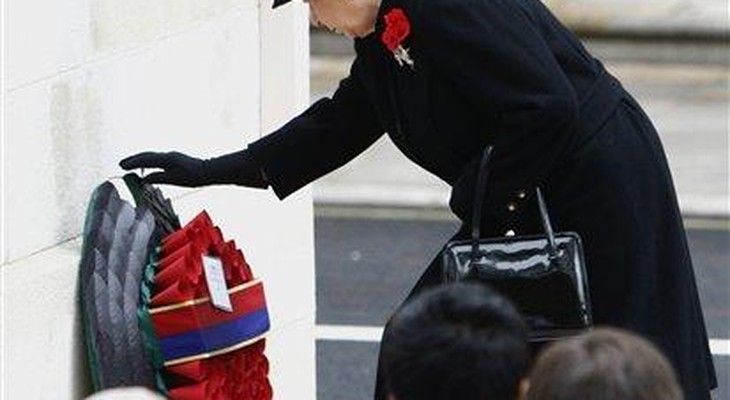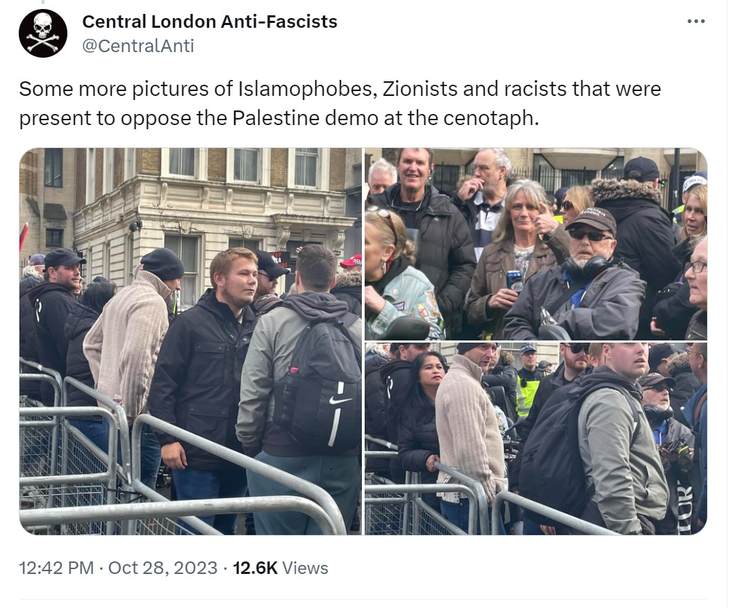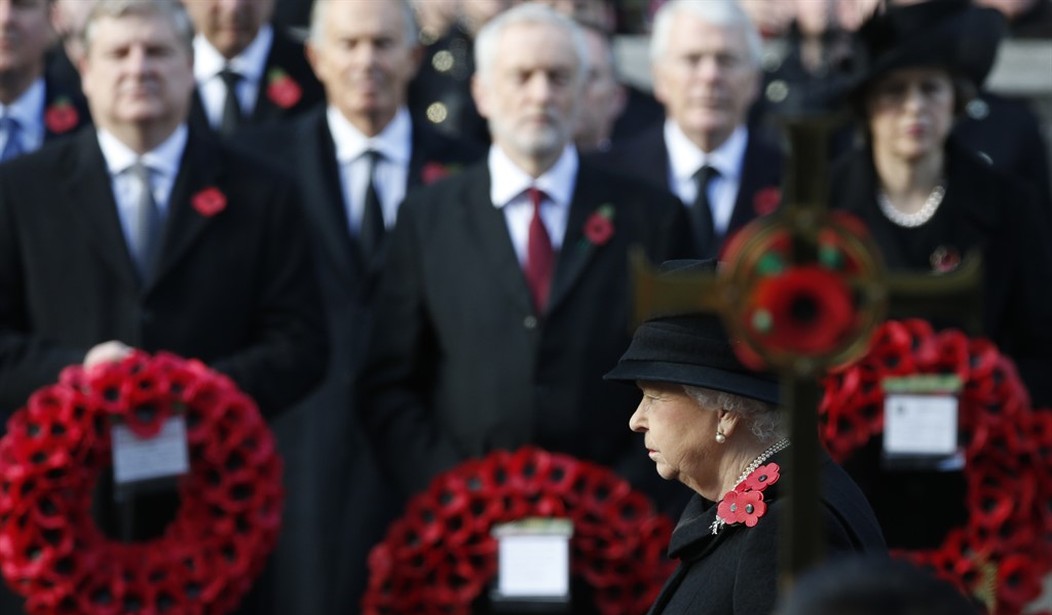November 11th and 12th might just be the weekend that red pills a country.
Remembrance Sunday in the United Kingdom – usually the second Sunday of the month – is a solemn day for honoring the service and sacrifice of the UK and Commonwealth’s service members. The UK’s Remembrance Day – or Armistice Day – is always Nov 11th, the day of the signing of the treaty that ended the Great War. Our Veterans Day date was chosen to commemorate the same.
Both Remembrance Sunday and Remembrance Day began to be observed 3 years after the end of World War I.
In fact, the symbols of remembrance associated with the day, including our own Memorial Day here – the red poppies – grew out of a poem written by a Canadian officer, John McCrae who witnessed the aftermath of the carnage firsthand.
Their origin as a symbol of remembrance lies in the landscapes of the First World War, where they were a common sight on the Western Front in Europe, flourishing in the earth churned up by the fighting.
It provided inspiration for Canadian officer and doctor John McCrae, who wrote the poem In Flanders Fields.
The opening lines refer to the flowers growing from the graves of soldiers across Western Europe during the conflict:
In Flanders fields the poppies blow
Between the crosses, row on row…American humanitarian Moina Michael wrote: “And now the Torch and Poppy Red, we wear in honor of our dead…” in response to McCrae’s poem. She campaigned to make the poppy a symbol of remembrance of those who had died in the war.
The Cenotaph in London is also a most sacred memorial to the UK’s honored dead. It’s on a level with our Tomb of the Unknowns for hallowed and somber reverence. It is the centerpiece of every Remembrance Day observance.
The Cenotaph – or ‘empty tomb’ in Greek – has been the focus of our nation’s remembrance for a century. Initially a temporary monument designed by Edwin Lutyens in 1919, the Cenotaph in Whitehall was replaced with the permanent Portland stone memorial and unveiled on Armistice Day, 11 November 1920. The memorial became a central point for all those whose family and friends had died during the First World War with no known grave.
Now in the care of English Heritage, the Cenotaph is the site of the National Service of Remembrance every November. This annual service commemorates the contribution of all British and Commonwealth military and civilian servicemen and women involved in the two World Wars and later conflicts.

On this year’s Remembrance Day, pro-Palestinian organizers are calling for a “Million Man March” to protest Israel’s incursion into and retaliation against Gaza.
Wait until they vandalise the Cenotaph & the King is laying wreaths the following day under a spray painted “Free Palestine” https://t.co/vKVrN31Vjs
— Brook Bay Pirate (@BrookBayPirate) November 2, 2023
In their previous, continuing Saturday marches, pro-Hamas demonstrators haven’t exactly proven that they can keep their hands, flags, and spray paint to themselves.
A pro-Palestine rally is set to go ahead on Remembrance weekend, prompting fears that commemorations could be disrupted.
Tens of thousands of people are expected to gather in central London on Saturday, Nov 11, to call for an end to Israel’s action in Gaza following the Hamas terrorist attacks of Oct 7.
However, there are concerns that the protests could spill over and impact the annual Remembrance Day ceremony at the Cenotaph the following day.
…Pro-Palestine marches have taken place every Saturday for the past three weeks, with the numbers attending steadily growing.
…At a previous march, protesters gathered at a stage next to the Cenotaph in Whitehall, draping Palestinian flags across the monument.
I’m shocked some skulls weren’t cracked by passersbys for the insult to their war dead. The disrespect would have driven me apoplectic with rage.
Only a fool would discount the very real potential for, at the very least, ribbons of spray paint across the cenotaph’s surface for the Sunday ceremonies.
Patriotic hearts all across Britain and the Commonwealth are aghast at the possibility of something so vile in nature being allowed the opportunity to defile and desecrate their most sacred memorial on that most venerated of weekends.
Stepping bravely into the fray, Prime Minister Mushy Sunak issued a milquetoast plea for calm.
My statement on the disrespectful protests planned for Armistice Day. pic.twitter.com/bik539rDqn
— Rishi Sunak (@RishiSunak) November 3, 2023
He must have whispered “Let’s throw a fence around the thing just in case…” That piddly fence, like most of Sunak’s gestures, is stopping no one and nothing.
The Cenotaph fenced off again due to the pro-Palestine protest taking place today. #IsraelPalestineConflict #IsraelPalestineWar #Gaza #Gaza_Genicide #Gaza_Genocide #Gazabombing #GazaWar #Palestine pic.twitter.com/xlNPRGKatE
— Paul Golding (@GoldingBF) October 28, 2023
Anyone who is expresses open disgust and a call to British patriotism online is being referred to the Metropolitan police for investigation as a hate monger and violence instigator. Even someone as mild mannered as Douglas Murray has come in for the tattle-tale treatment – at the hands of a BBC “presenter” and telegraph reporter, no less.
Might be worth you guys keeping an eye on this chap, @metpoliceuk? This seems pretty close to inciting civil unrest?
— Matthew Stadlen (@MatthewStadlen) November 2, 2023
Lovely little fascist country they’re running over there, no?
Everyone’s a racist, Nazi, Zionist, ad nauseum, who objects to the idea of these baby butcher lovers…

…doing what comes naturally.
Sure. Met police can keep a lid on things. Hamas supporters always do what they promise and are respectful of other people’s rights and property.
YGTBFKM
If ever there was a time for the average Brit to discover where he’d buried that once stout heart of English oak, I’d say there’s no time like the present.
I honestly don’t know if they have any time left.







Join the conversation as a VIP Member